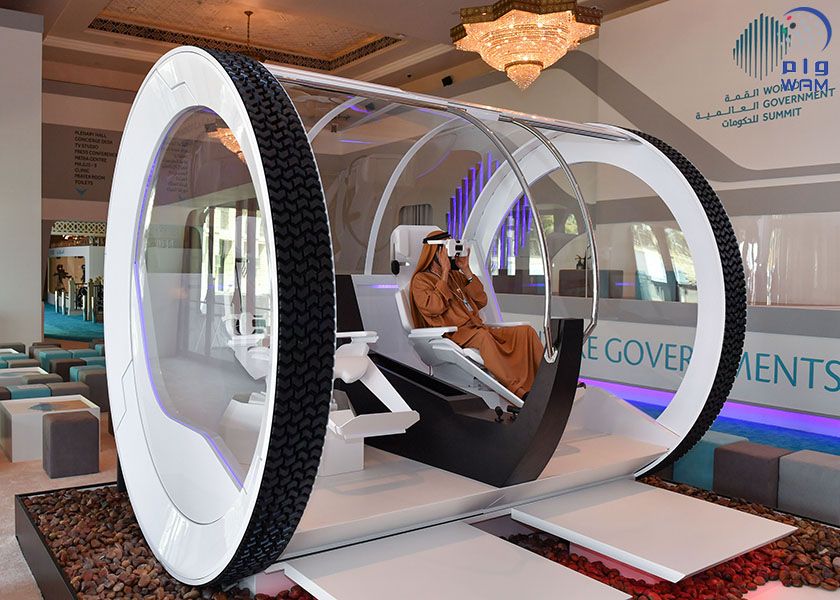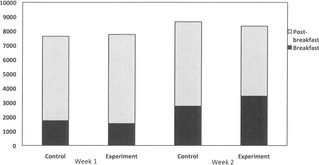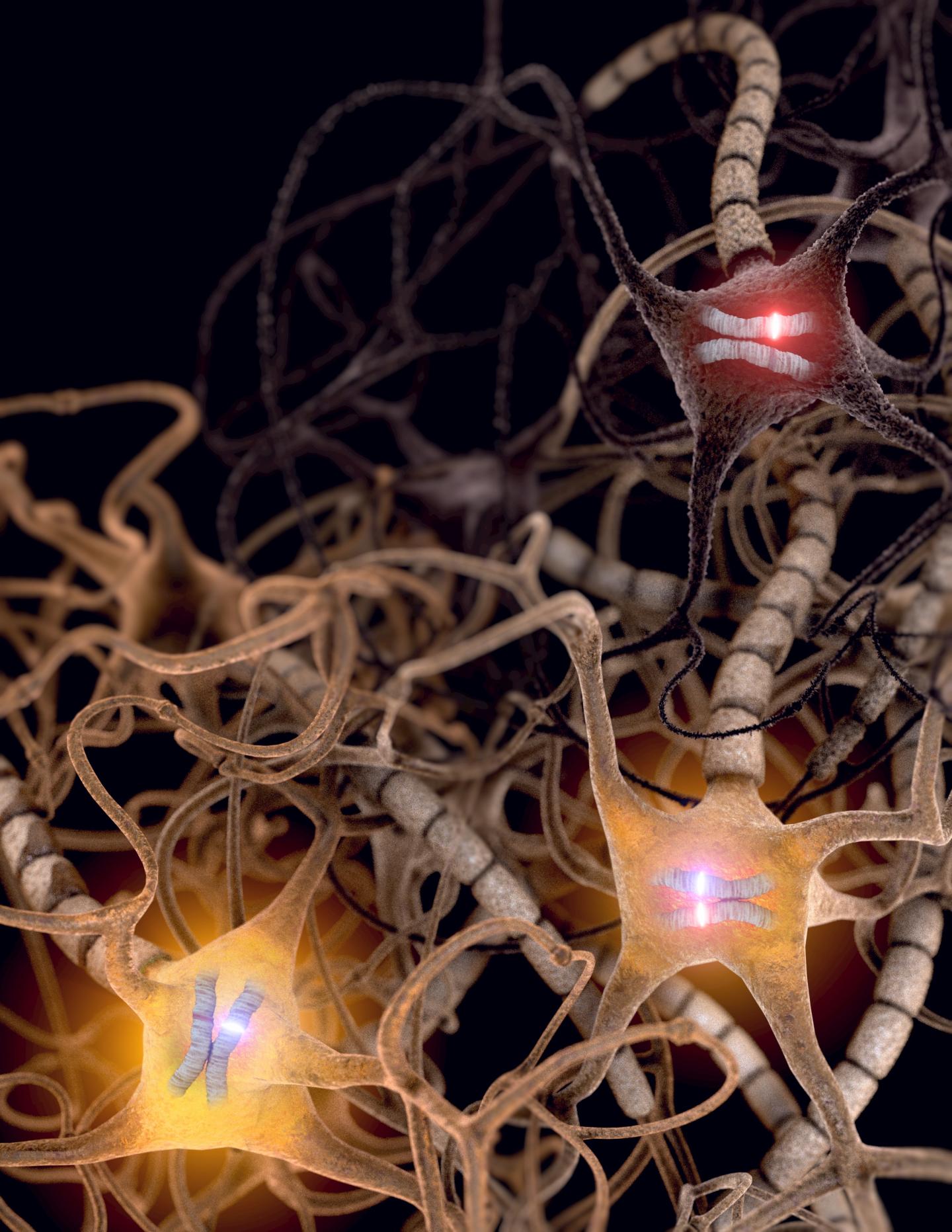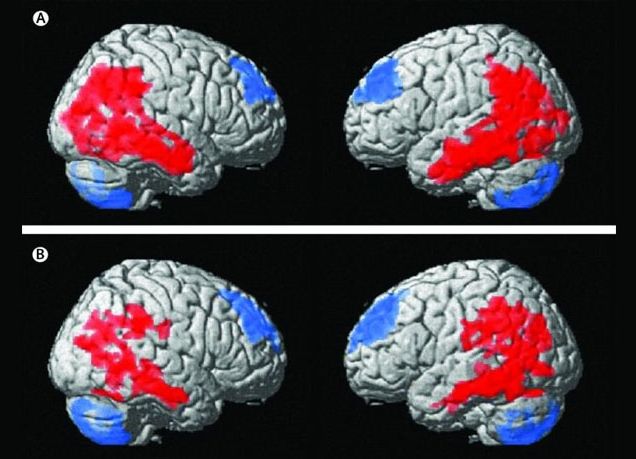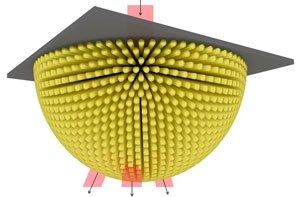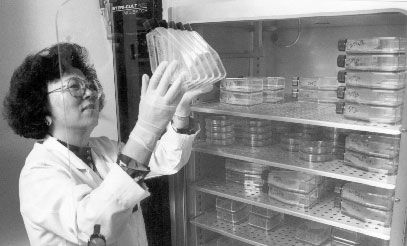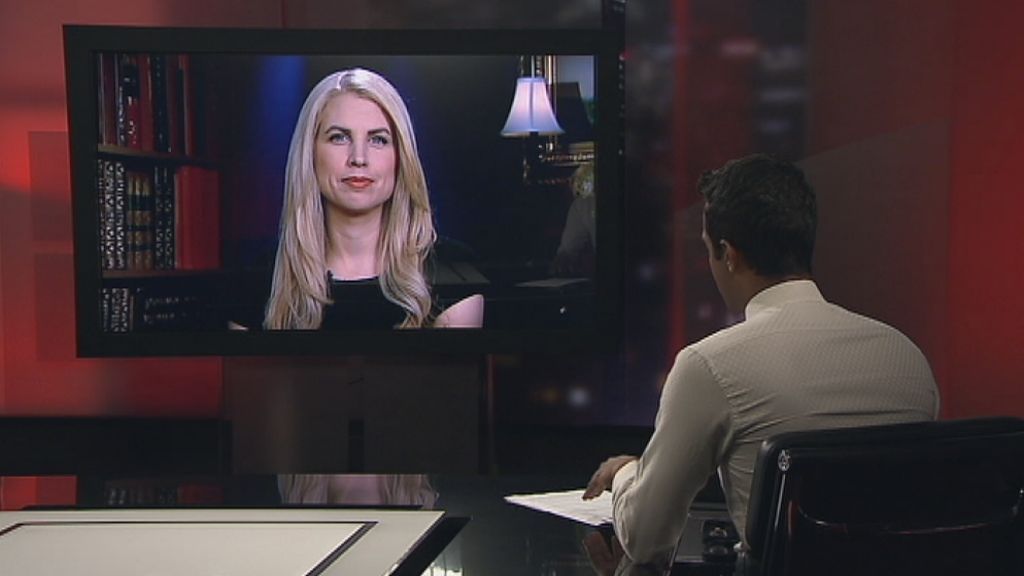Feb 23, 2017
VP tasks Mohammed Bin Rashid Space Centre to lead Mars 2117 project
Posted by Karen Hurst in categories: biotech/medical, government, quantum physics, robotics/AI, space
UAE will be a major player in technology innovation of the future as they like Israel, Africa, Eastern Europe, and various parts of Asia such as the current ones of China and India as well as Australia and Vietnam will be the new emerging leaders in tech innovation. We’re entering a period of radical change and a complete overhaul of science (including medical) and technology thanks to the realities and opportunities of Quantum. The following announcement shows US UAE’s own commitment to being a leader and I promise you there is much more to come from these amazing hotspots of innovation and invention.
Vice President and Prime Minister and Ruler of Dubai, His Highness Sheikh Mohammed bin Rashid Al Maktoum, issued directives to Mohammad Bin Rashid Space Centre, MBRSC, to lead the Mars 2117 project and prepare a 100-year plan for its implementation.
As per his directives, the centre’s plan will focus on preparing specialised national cadres and developing their capabilities in the fields of space science, research, artificial intelligence, robotics and advanced space technologies.
Continue reading “VP tasks Mohammed Bin Rashid Space Centre to lead Mars 2117 project” »
